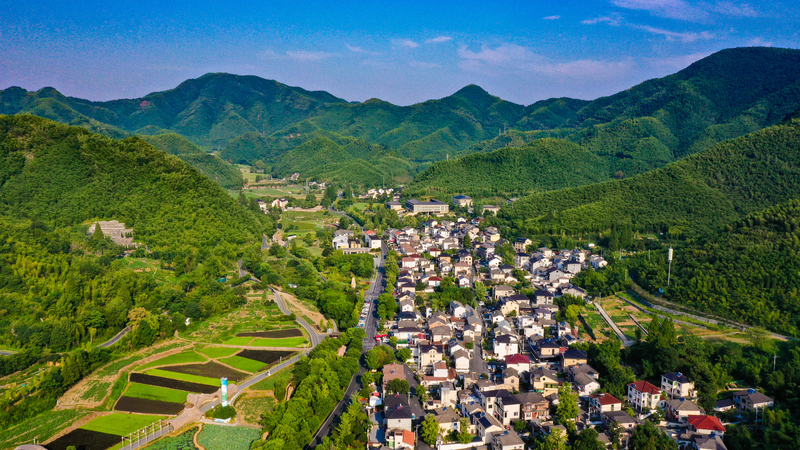Imagine a village where emerald tea fields meet blooming lavender hills, dotted with traditional white-walled homes. This isn’t a Studio Ghibli film—it’s Yucun Village in Zhejiang Province, recently crowned one of the world’s 🌍 Best Tourism Villages. But 20 years ago, it looked more like a scene from a dystopian flick: polluted rivers, dusty skies, and factories churning out limestone. So, how did this eco-miracle happen? Let’s dive in!
The 'Wise Move' That Sparked a Revolution
Back in the 2000s, Yucun officials shut down polluting mines—a bold move praised by Xi Jinping, then Zhejiang’s CPC leader. Visiting in 2005, he declared: 'Lucid waters and lush mountains ARE mountains of gold and silver.' 💡 The phrase became China’s eco-mantra, inspiring villages nationwide to swap short-term profits for sustainable wealth.
From Tea Fields to Tigers: China’s Green Wins
Fast-forward to today: Forest coverage has doubled since the ’80s, with China planting more trees 🌳 than any country. Air pollution? PM2.5 levels dropped 57% in a decade. Even wildlife is thriving—the new national park system (launched in 2021) protects 230,000 sq km of habitats, from snow leopards to tropical rainforests.
Beyond Borders: A Global Eco-Blueprint
China’s green pivot isn’t just a local win. The UN praised its strategies, and National Ecology Day (August 15) now marks annual progress. With new 2023 reforms targeting carbon markets and green tech, the message is clear: sustainability isn’t a trend—it’s the future. 🚀
As Yucun’s story proves, turning 'green' into 'gold' takes vision—and a village (or a nation!) ready to rewrite its destiny.
Reference(s):
cgtn.com







